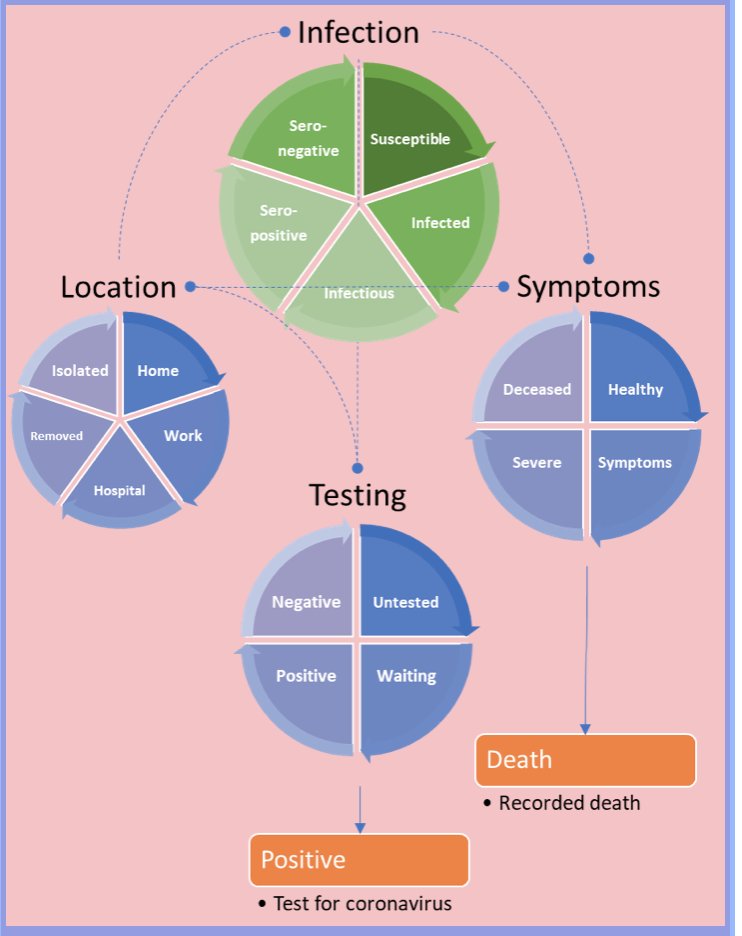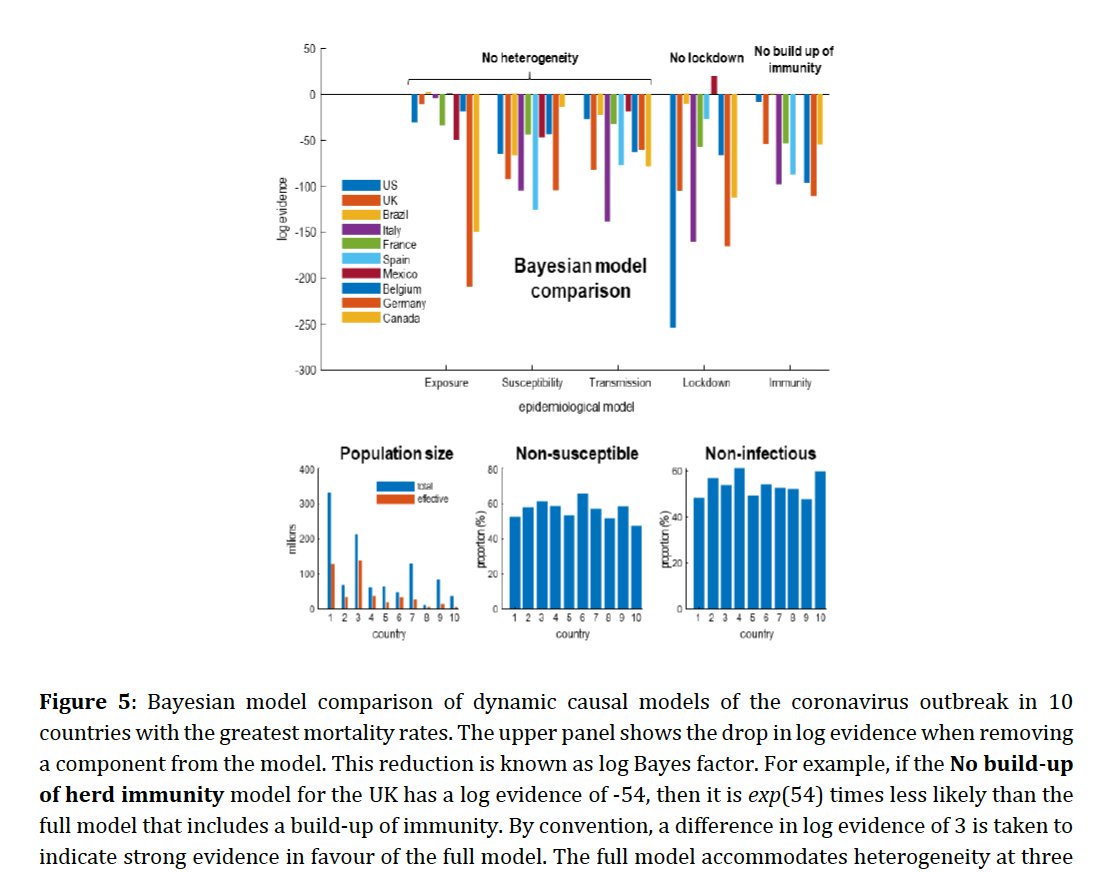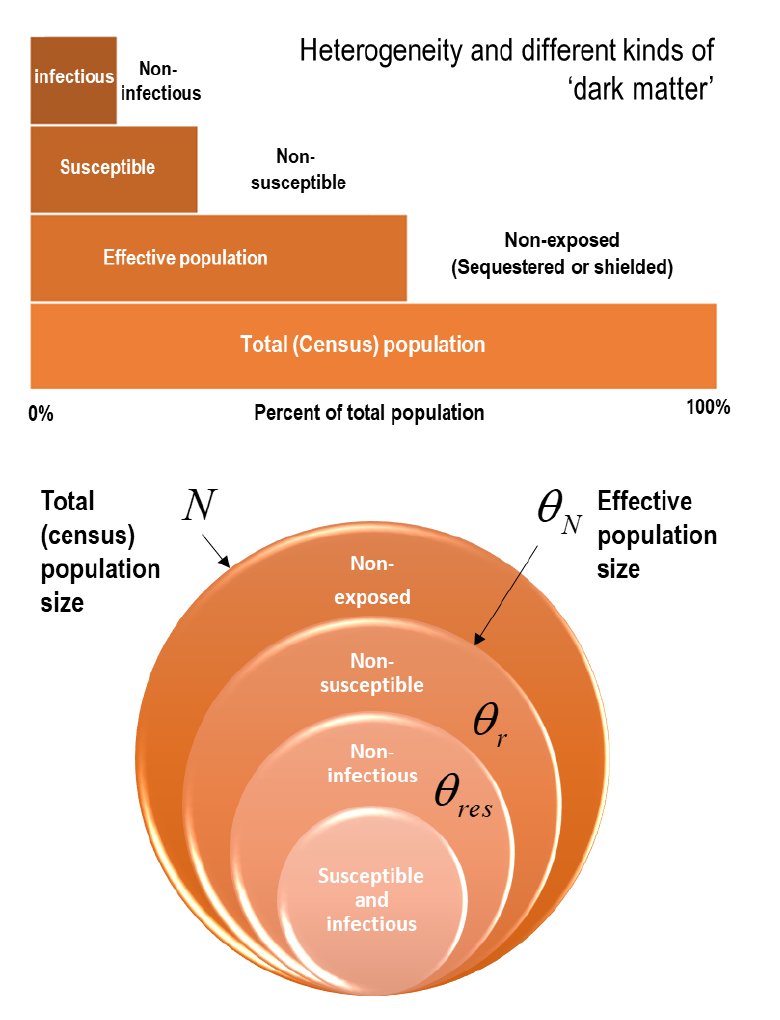Karl Friston& #39;s model suggests that LSHTM/Imperial/Academy of Medical Sciences projections of numbers of deaths in a second wave are way too high. But a functioning ‘find, test, trace, isolate, support programme’ will keep them even lower. (1) https://www.medrxiv.org/content/10.1101/2020.09.01.20185876v1">https://www.medrxiv.org/content/1... (pre-print)
Prepare now for a winter peak warned the Academy of Medical Sciences..."It estimates the number of COVID-19-related hospital deaths (excluding care homes) between September 2020 and June 2021 could be as high as 119,900." (2)
https://acmedsci.ac.uk/more/news/prepare-now-for-a-winter-covid-19-peak-warns-academy-of-medical-sciences">https://acmedsci.ac.uk/more/news...
https://acmedsci.ac.uk/more/news/prepare-now-for-a-winter-covid-19-peak-warns-academy-of-medical-sciences">https://acmedsci.ac.uk/more/news...
Davies, Kucharski et al from LSHTM state “We projected a median unmitigated burden of 23 million (95% prediction interval 13–30) clinical cases and 350 000 deaths (170 000–480 000) due to COVID-19 in the UK by December, 2021.” (3)
Davies, Kucharski and colleagues conclude "extreme measures are probably required to bring the epidemic under control and to prevent very large numbers of deaths and an excess of demand on hospital beds, especially those in ICUs." (4) https://www.thelancet.com/journals/lanpub/article/PIIS2468-2667(20)30133-X/fulltext">https://www.thelancet.com/journals/...
Karl Friston uses dynamic causal modelling, drawn from statistical physics: the application of variational Bayes to estimate the unknown parameters of state-space models and assess the evidence for alternative models of the same data. (5)
The Friston model compared SEIR models of immune status that were equipped with latent factors generating data; namely, location, symptom, and testing status.(6)
Daily cases and deaths from the US, UK, Brazil, Italy, France, Spain, Mexico, Belgium, Germany, and Canada were analysed over the period 25-Jan-20 to 15-Jun-20. (7)
Bayesian model comparison found overwhelming evidence for heterogeneity of exposure, susceptibility, and transmission. (8)
In other words, our populations have changed since the start of the epidemic. More people shield or are sequestered. More are not susceptible through varieties of mucosal, T cell or antibody immunity. Some are super spreaders but many don’t transmit. (9)
Furthermore, both lockdown and the build-up of population immunity contributed to viral transmission in all but one country. Small variations in heterogeneity were sufficient to explain the large differences in mortality rates across countries. (10)
Friston shows the best model of UK data predicts a second surge of fatalities will be much less than the first peak (31 vs. 998 deaths per day. 95% CI: 24-37)--substantially less than conventional model predictions. (11)
The size of the second wave depends sensitively upon loss of immunity (32m v 6m) + the efficacy of find-test-trace-isolate-support (FTTIS) programmes. We have failed to build local FTTIS in the UK because of government mismanagement and inefficient private contracts. (12)
A second wave could be eliminated completely with an increase in the efficacy of FTTIS modelled as the probability of self-isolating, given one is infected but asymptomatic. Even with a relatively low efficacy of 25%, elimination is possible by November. We are way below this.
In summary, heterogeneity of this sort means that low seroprevalence (<20%) is consistent with levels of population immunity that play a substantive role in attenuating viral transmission and, crucially, facilitating public health measures. (13)
All model projections depend upon the assumptions made. In the next few months we shall see whose assumptions were right. (14)

 Read on Twitter
Read on Twitter









